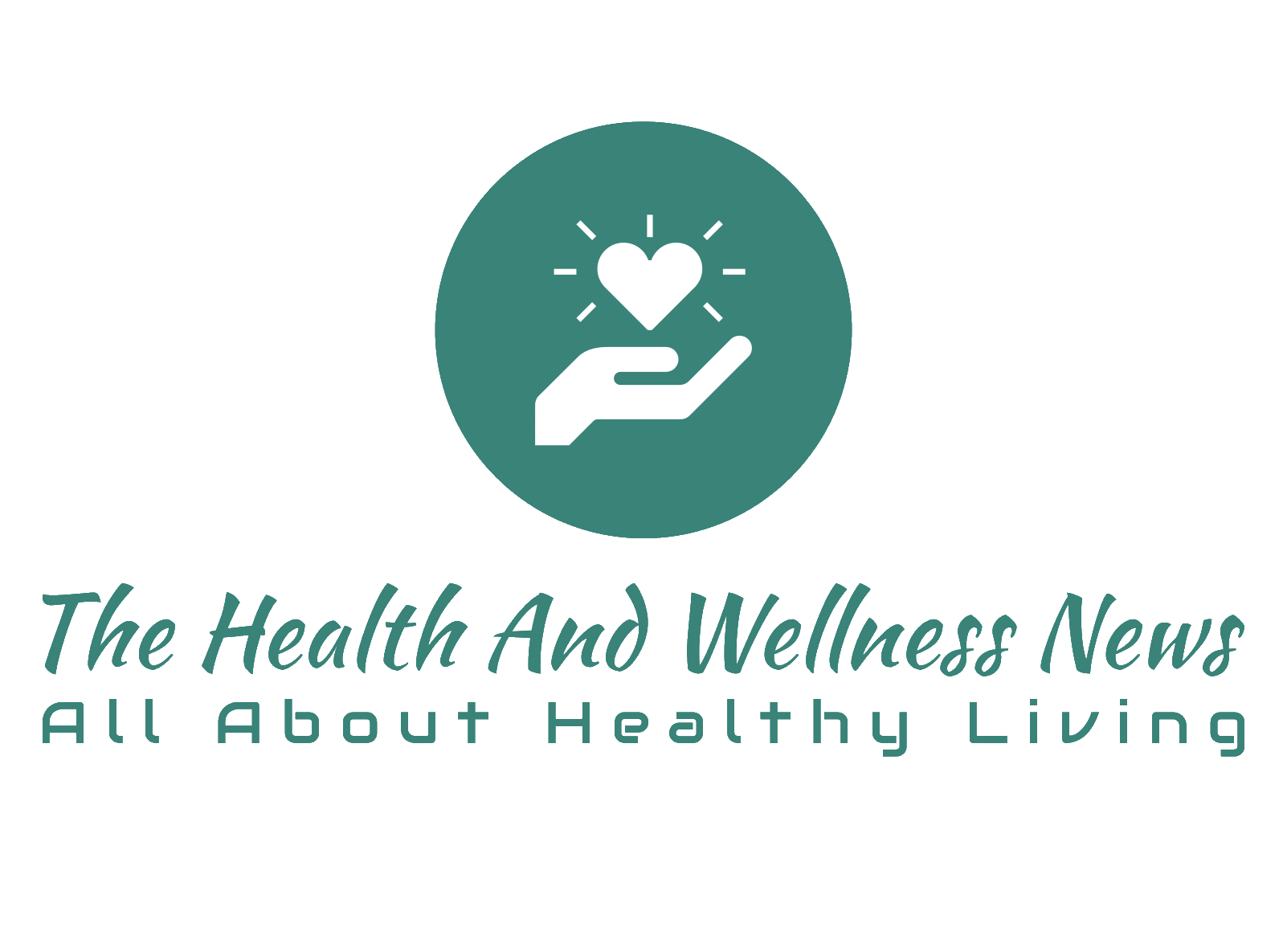Blood pressure, also known as blood pressure, is the pressure of the blood against the walls of the arteries. It is measured in millimeters of mercury (mm Hg). The normal reading for blood pressure is below 120/80 mm Hg. A higher reading is indicative of hypertension.
Blood pressure is influenced by several factors including age, body size, body weight, gender, and activity level. Blood pressure is measured in two different ways, at the wrist or in the arm. The average of the two readings is considered the best indicator of blood pressure.
Blood pressure is usually measured by having the patient lie down for five minutes and then sitting up for another five minutes. If there is a significant difference between the two measurements, the patient is asked to repeat the test after taking a deep breath.


Blood pressure can be measured with a sphygmomanometer, which is an inflatable cuff that is wrapped around the upper arm. The cuff is inflated to just above the systolic pressure. This is the pressure when the heart beats, and it is measured when the person’s finger is pressed against the bottom of the cuff. The cuff is deflated slowly while the patient breathes normally. When the pressure is released, the pressure is recorded as the diastolic pressure. The average of the two numbers is the blood pressure.
Blood Pressure Causes
High blood pressure occurs when the force exerted by the blood against the artery wall exceeds the strength of the artery wall. The increased force results from the heart pumping harder and the body trying to compensate for the extra work. As a result, the blood vessels constrict to keep the pressure down. In time, this process leads to damage to the blood vessels and other complications.
There are several risk factors associated with high blood pressure. They include being overweight, smoking, having a family history of high blood pressure, and being over age 50. Other risk factors include high cholesterol, diabetes, and high blood sugar levels.
Blood Pressure Symptoms
Blood pressure can be a silent killer. It may not show any symptoms until the disease has progressed to a point where complications develop. High blood pressure is often detected through routine physical examinations. If you have a family history of high blood, ask your doctor about screening for high blood pressure.
Blood Pressures symptoms include headaches, dizziness, and fainting. Some people may experience chest pain, nausea, vomiting, or shortness of breath.
Blood Pressure Natural Treatments
High blood pressure can be controlled with lifestyle changes and medication. Lifestyle changes include reducing salt intake, eating a healthy diet, losing excess weight, exercising regularly, and quitting smoking. If lifestyle changes do not control high blood pressure, medications can be prescribed.
Medications used to treat high blood pressure include beta blockers, calcium channel blockers, ACE inhibitors, and angiotensin receptor blockers.















